Since 1977, Demers Glass has helped Arizona homeowners make confident decisions about their residential glass needs. Whether you're building a new home or replacing aging windows, the choices you make today can have a long-term impact on your energy bills, comfort, and property value.
This guide is designed to walk you through everything you need to know about residential window types. You’ll learn the pros and cons of different styles, energy-efficient options for desert climates, and practical advice for choosing the right windows for your home.
Why Choosing the Right Windows Matters
Windows are a vital part of any home’s structure. They provide natural light, insulation, ventilation, and protection from the elements. But the wrong windows can create problems, from poor insulation and increased cooling costs to dated aesthetics and difficult maintenance.
At Demers Glass, we believe that quality window installation starts with education. Understanding how different types of windows function and what materials they’re made of will empower you to choose products that match your home’s style and meet your functional needs.
Core Window Styles Explained
Below is a breakdown of the most commonly installed residential windows. Each type offers unique benefits based on how it opens, how it looks, and how it performs in various climates.
Single-Hung Windows
Single-hung windows are a classic, budget-friendly choice. They have two sashes, but only the bottom sash moves vertically. The upper sash remains fixed.
Advantages:
- Lower cost compared to double-hung
- Simple design suits traditional homes
- Reliable and easy to operate
Considerations:
- Limited ventilation compared to double-hung
- More difficult to clean on upper stories
These windows are a good fit for homeowners who want a clean, minimalist look and are less concerned about airflow. If you're unsure whether single or double-hung windows are right for you, review our comparison of single vs. double-hung windows.
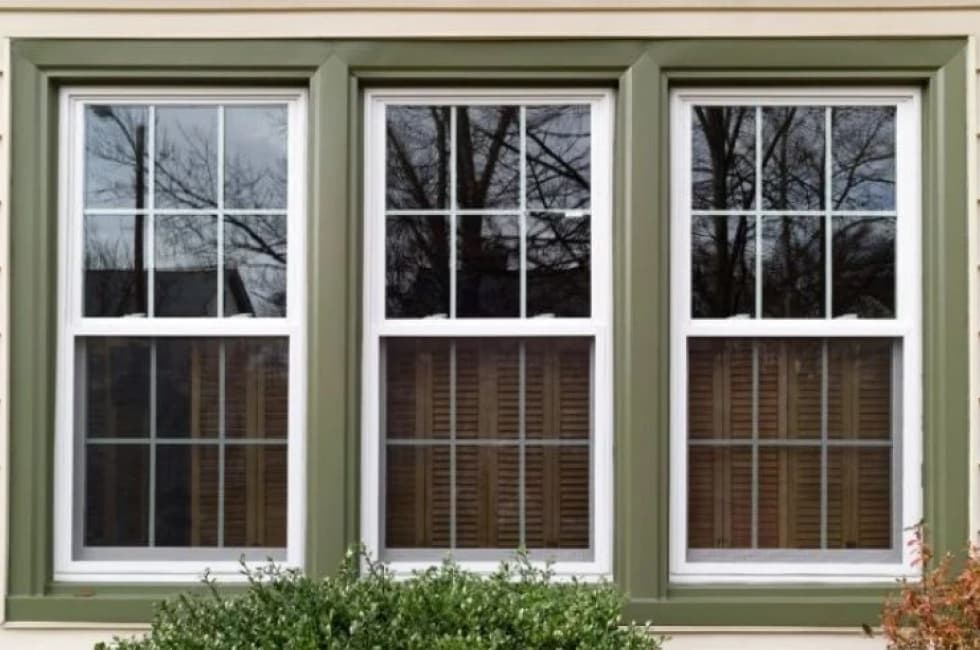
Double-Hung Windows
In double-hung windows, both the top and bottom sashes move. This style is ideal for homes where ventilation and ease of cleaning are priorities.
Advantages:
- Better airflow and temperature control
- Easy to clean from inside the home
- Safe for households with children or pets
Considerations:
- Slightly more expensive than single-hung
- More mechanical parts may require maintenance
This type of window is particularly well-suited to multi-level homes, and it's a popular choice for homeowners prioritizing function and flexibility.
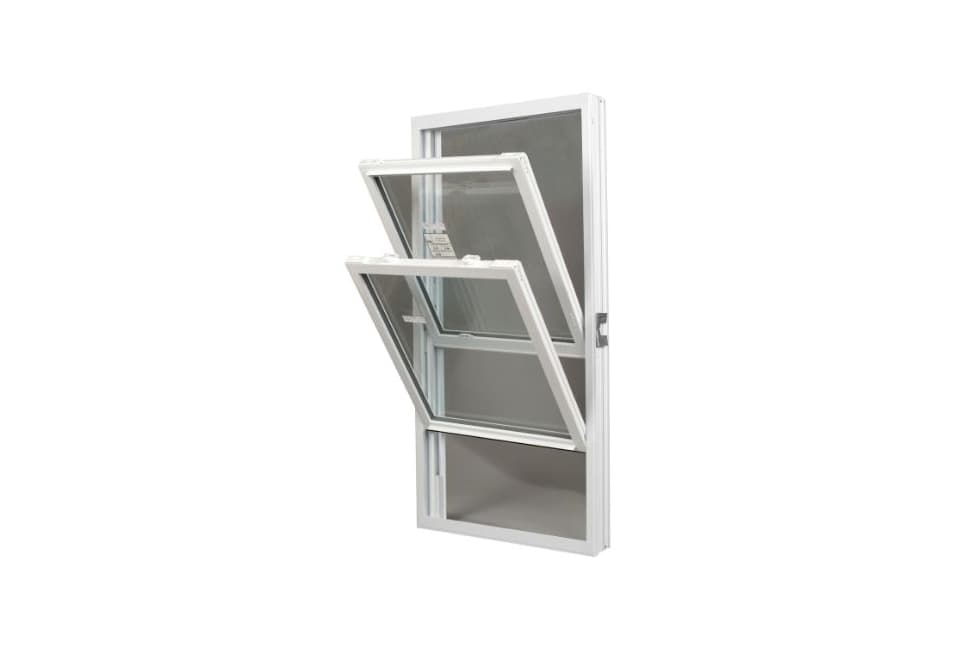
Sliding Windows
Sliding windows open horizontally along a track and are often used in wide spaces like living rooms or basements.
Advantages:
- Ideal for expansive openings
- Smooth operation
- Minimal frame obstruction for maximum views
Considerations:
- Tracks may accumulate debris over time
- Less effective at sealing than casement styles
Sliding windows offer a modern touch and are especially popular in contemporary architecture or ranch-style homes.
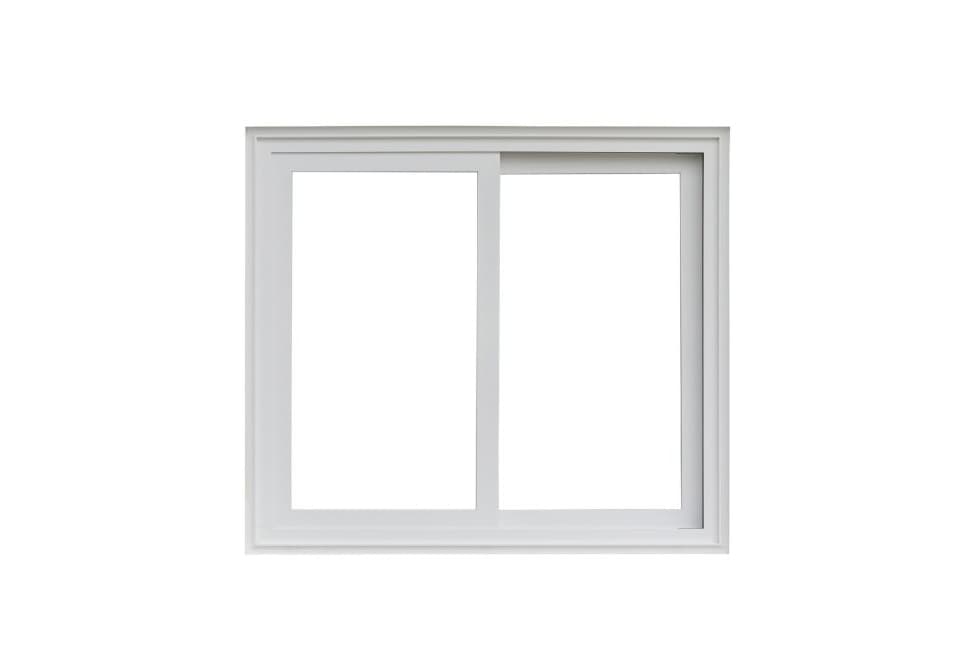
Casement Windows
Casement windows are hinged on one side and open outward with a crank handle. When closed, they offer one of the tightest air seals of any operable window.
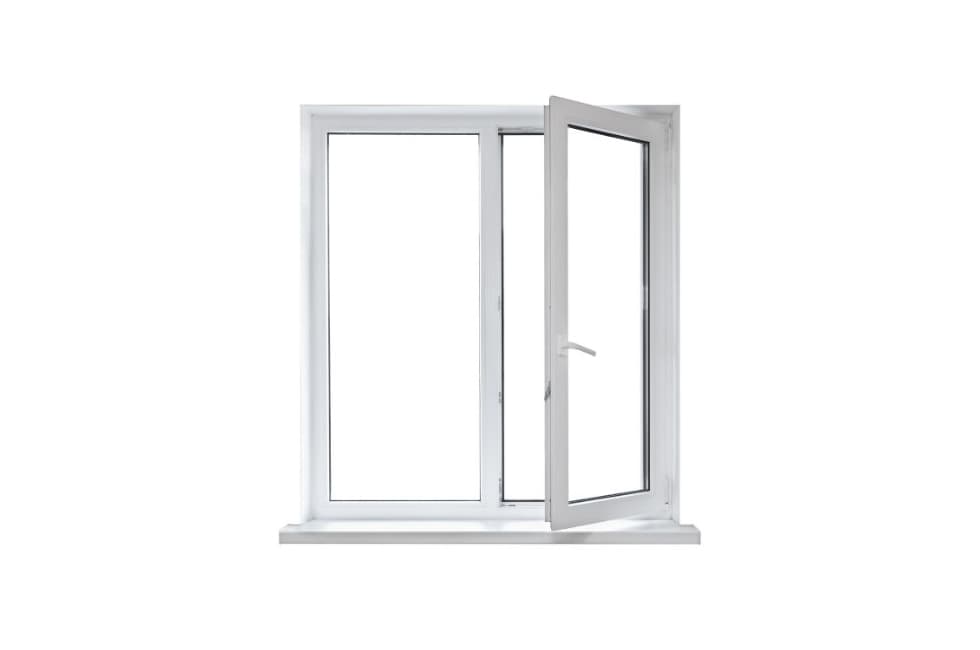
Advantages:
- Excellent ventilation control
- Superior energy efficiency
- Unobstructed glass for clear views
Considerations:
- Require space to open outward
- Crank mechanisms may need periodic maintenance

Awning Windows
Awning windows are hinged at the top and open outward, forming a small awning effect that lets air in even during light rain.
Advantages:
- Weather-resistant design
- Small footprint
- Can be combined with picture windows
Considerations:
- Not suitable for high-traffic exterior spaces
- Limited airflow compared to other styles
Awning windows work well in basements, bathrooms, or above doors and other windows for added ventilation.
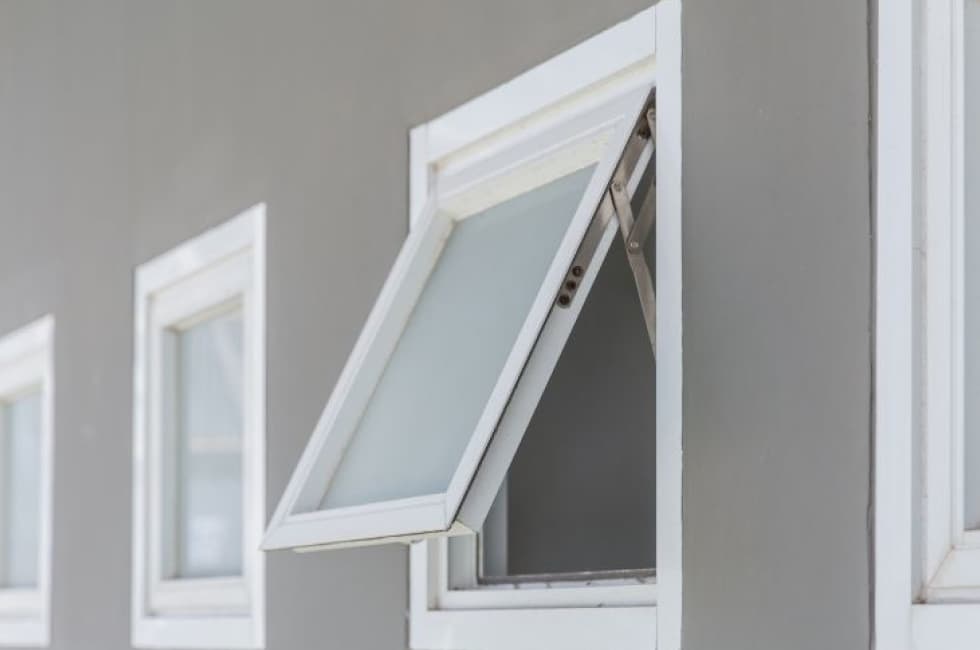
Picture Windows
These fixed windows do not open but are designed to frame outdoor views beautifully while allowing maximum light into your space.
Advantages:
- Highest energy efficiency due to no moving parts
- Elegant, unobstructed views
- Ideal for large walls or scenic vistas
Considerations:
- No ventilation
- May increase solar heat gain if not properly coated
Pairing a picture window with energy-efficient glass helps mitigate heat transfer in desert climates.

Bay and Bow Windows
These windows project outward from the home and consist of multiple panels. Bay windows typically include one large center window with two angled side windows, while bow windows have a curved appearance with more panels.
Advantages:
- Adds square footage and depth
- Enhances curb appeal
- Offers natural seating or display space
Considerations:
- More costly than standard windows
- Installation may require structural changes
Looking to create a bold architectural feature? Consider pairing a bay or bow window with floor-to-ceiling glass for dramatic effect.
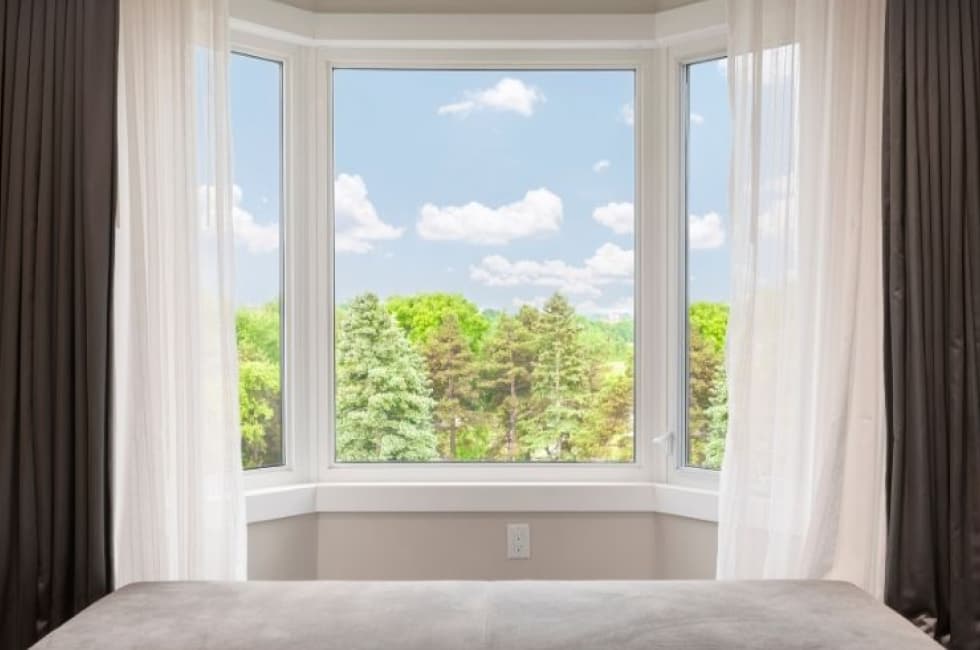
Garden Windows
Garden windows are a charming addition to kitchens and breakfast nooks. They create a shelf-like space perfect for growing herbs or displaying plants.
Advantages:
- Provides extra sunlight
- Functional for indoor gardening
- Creates visual interest
Considerations:
- May require custom blinds or UV protection
- Requires proper sealing to avoid leaks
Window Materials: Choosing the Right Frame
In addition to window style, frame material plays a big role in performance, durability, and aesthetics. Here's how common materials compare:
Learn more about thermally broken frames and why they matter in Arizona’s desert climate.
Energy-Efficient Windows: Built for Arizona Heat

High temperatures and abundant sunlight demand materials and designs that can stand up to intense UV rays and thermal swings.
Key Energy-Saving Features:
- Low-E glass: Reflects infrared heat and blocks UV rays
- Double or triple-pane construction: Reduces heat transfer
- Argon or krypton gas fills: Provides superior insulation
- Thermally broken aluminum frames: Prevents heat conduction through the metal
A good starting point is this comprehensive energy-efficient window guide.
Additionally, replacing your old windows can qualify you for energy rebates while increasing your home's comfort and resale value.
When to Consider Window Replacement
Here are signs it may be time to replace your home’s windows:
- Drafts or heat loss around the window frame
- Condensation between panes
- Warped or broken sashes
- Outdated aesthetics
- Rising energy costs
Explore our full whole-house window replacement guide for tips on budget planning, contractor selection, and installation timelines.
Choosing the Right Windows for Your Home
Whether you live in Phoenix, Flagstaff, or anywhere in between, selecting the right window depends on multiple factors:
- Climate: Arizona’s heat calls for solar-reflective coatings and insulated frames
- Architecture: Choose window styles that complement your home's design
- Usage: Prioritize ease of use and ventilation needs
- Energy Efficiency: Look for ENERGY STAR® ratings and Low-E coatings
- Budget: Consider both upfront cost and long-term energy savings
For Arizona homeowners, we recommend starting with this article on how to choose the best windows for your home.
The Demers Glass Difference
Demers Glass has been serving Arizona since 1977. Our customer-first approach, expert installation, and high-quality glass products set us apart. Whether you need a full home window upgrade or a simple glass replacement, our team will walk you through the process with transparency and care.
We believe in solutions that last, crafted with precision, and backed by decades of experience.
Related Reading
- Getting a Window Glass Replacement in Arizona
- How to Choose Energy-Efficient Windows
- Pella vs Andersen Windows Comparison
- Best Glass Options for Home Windows
Ready to find the perfect windows for your home? Contact Demers Glass today for a consultation with our friendly, experienced team.
